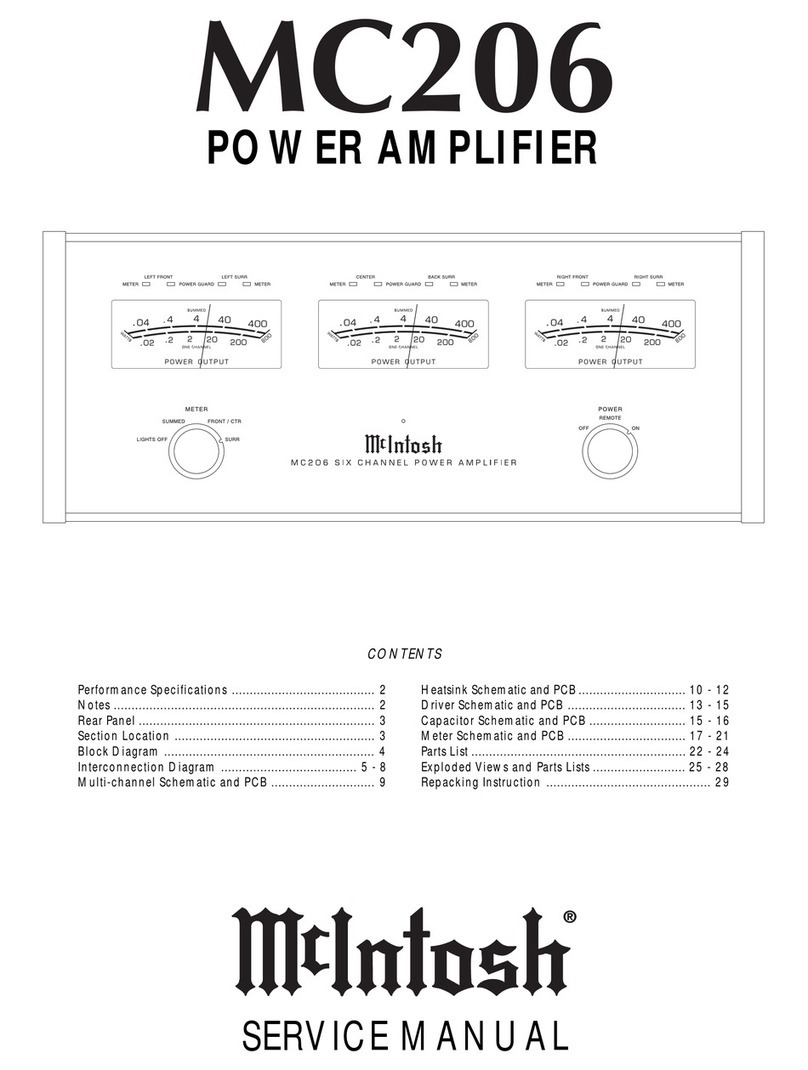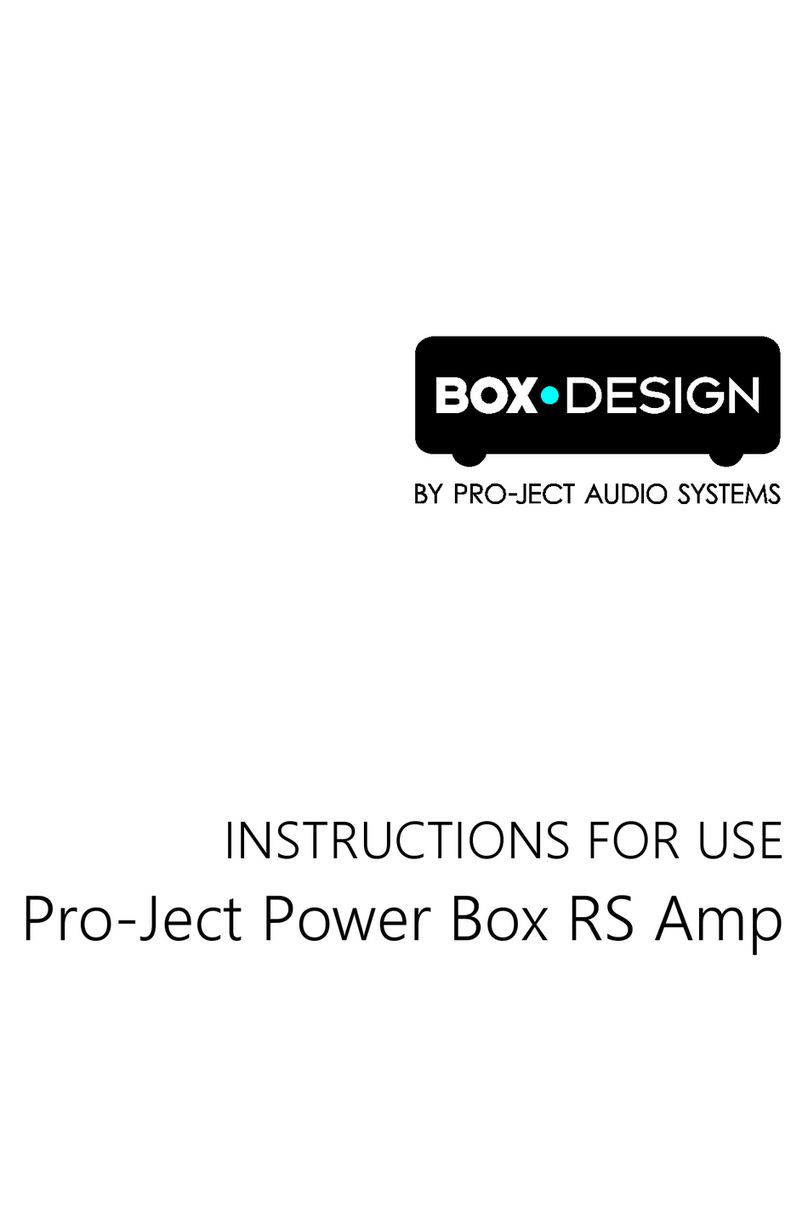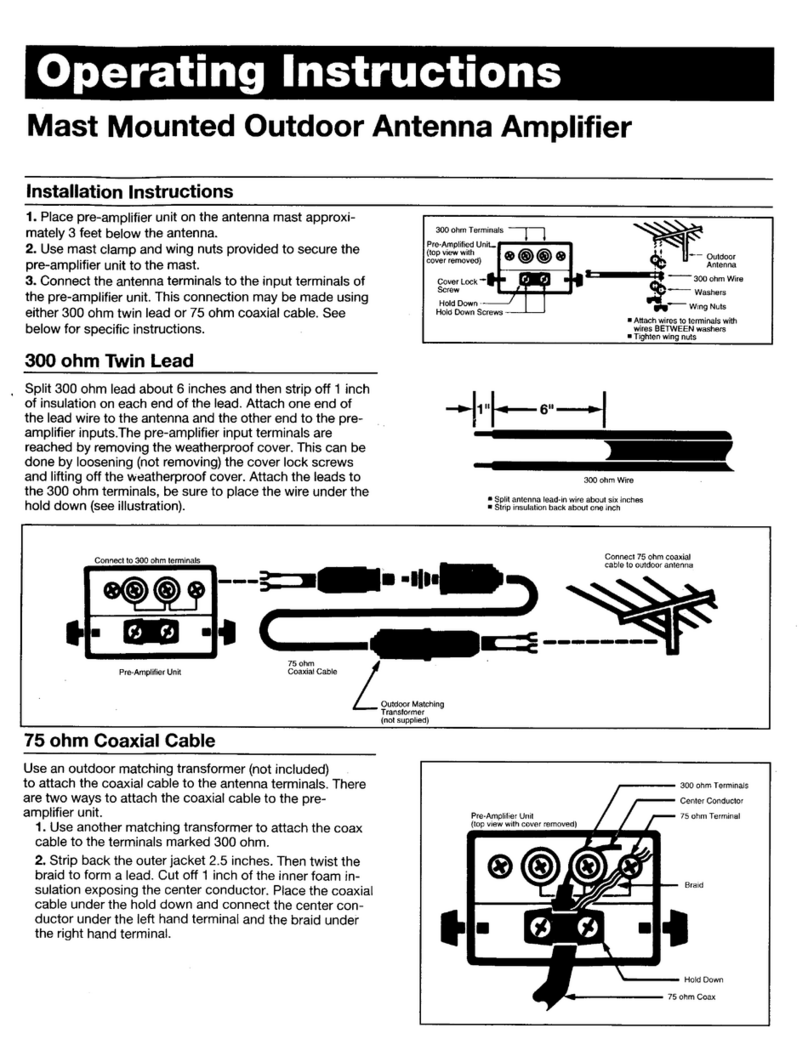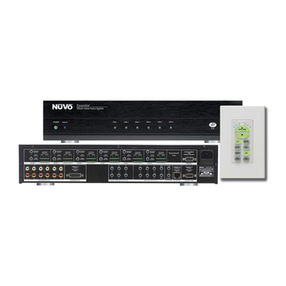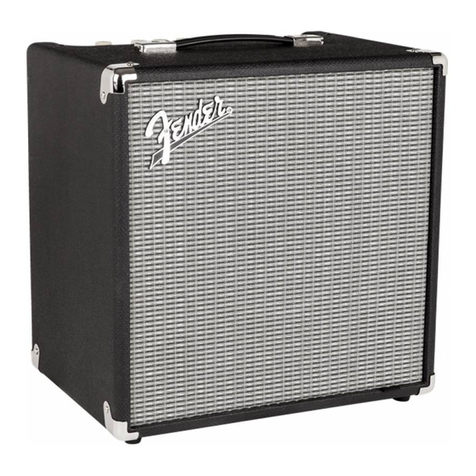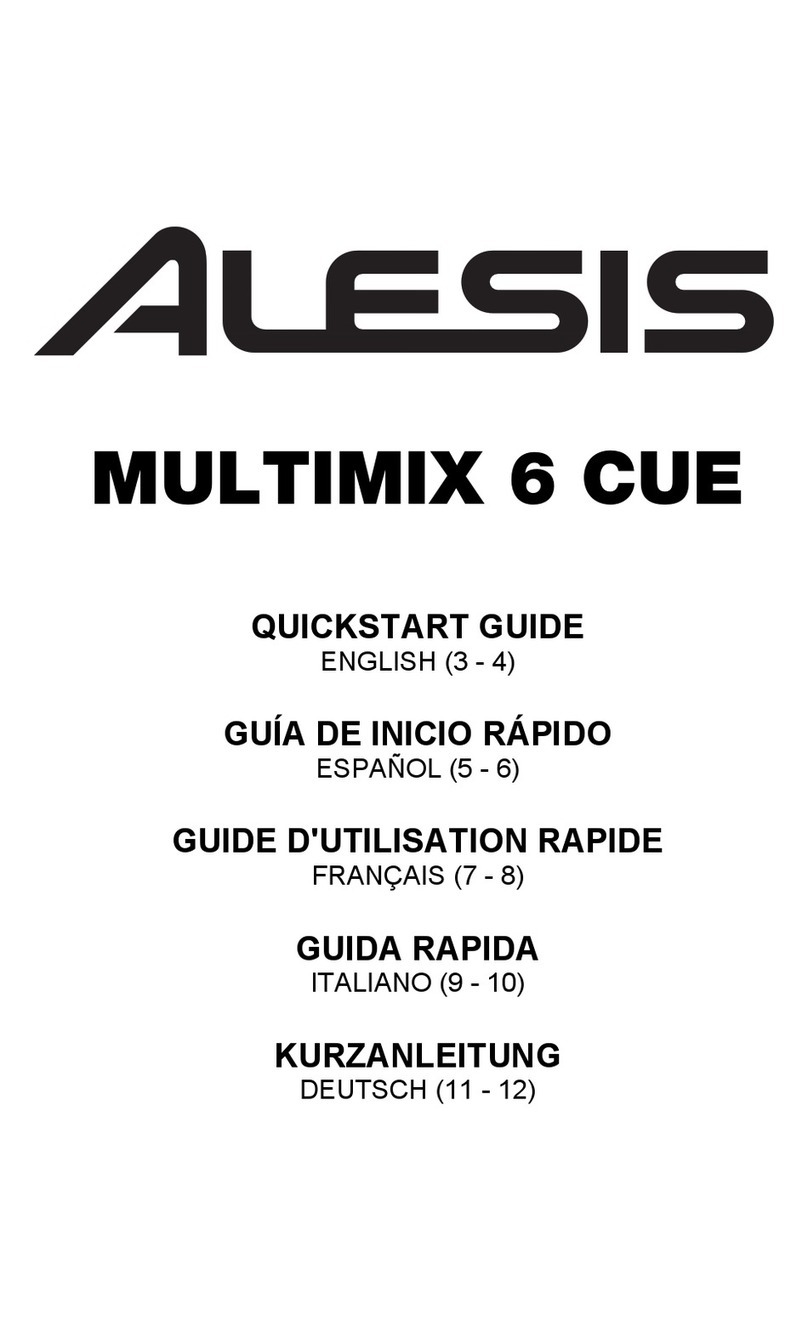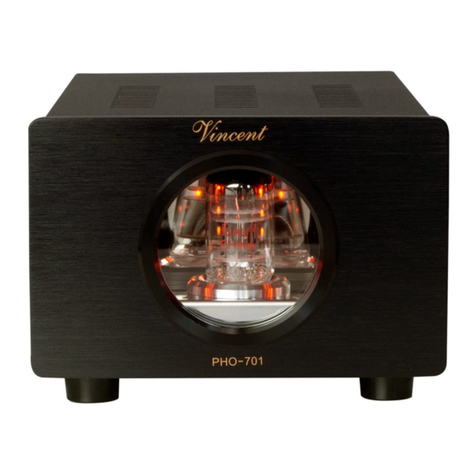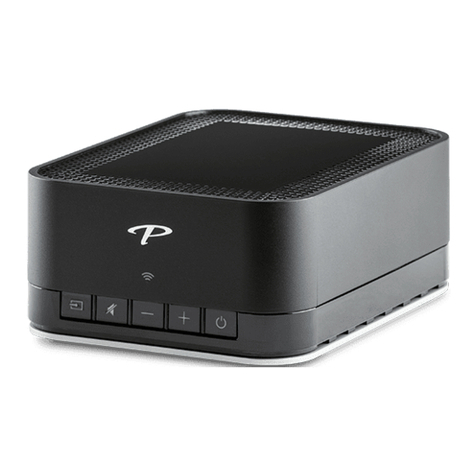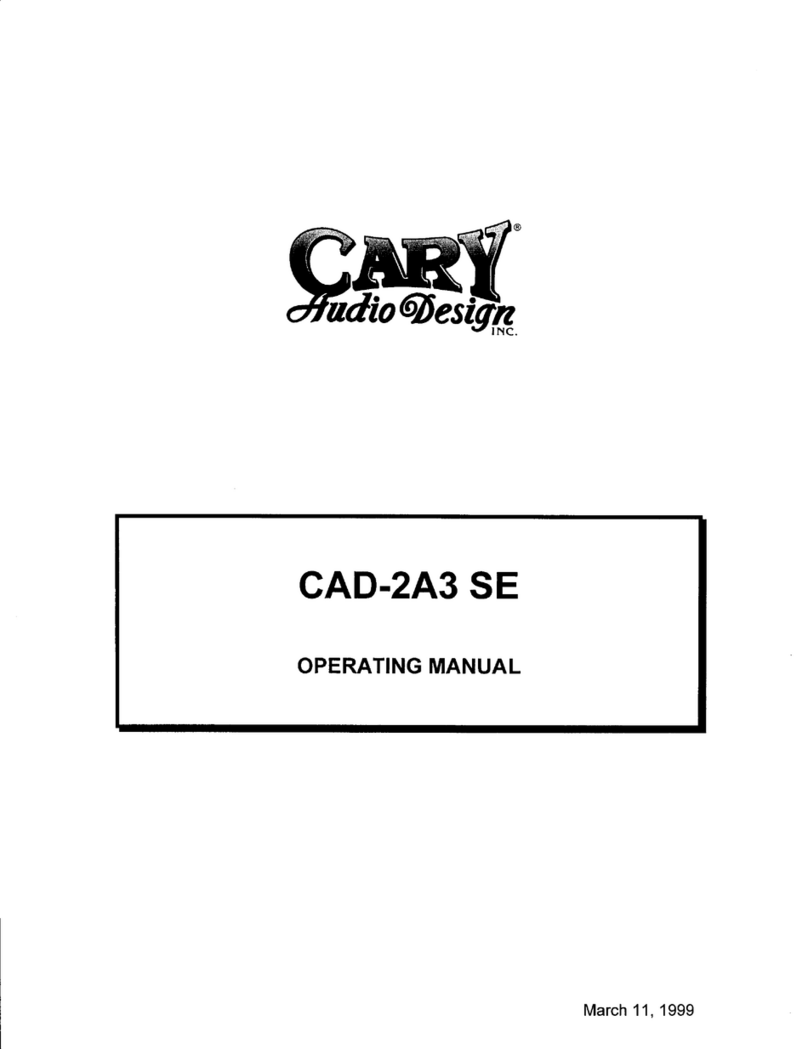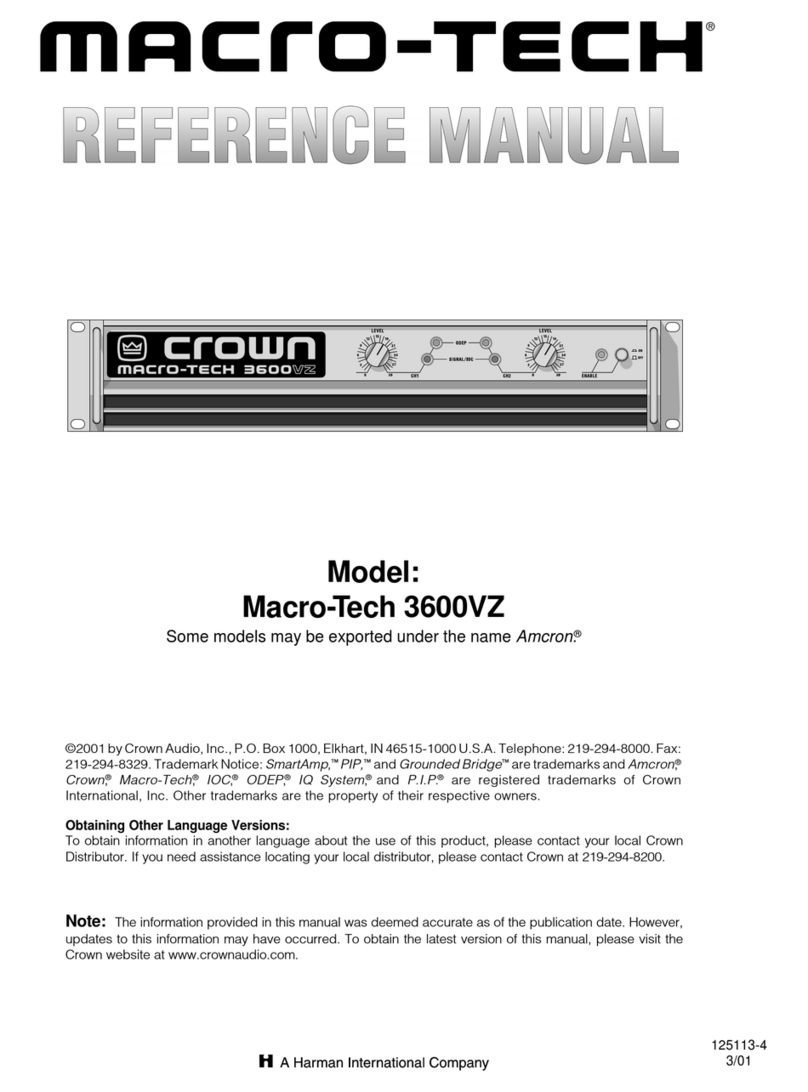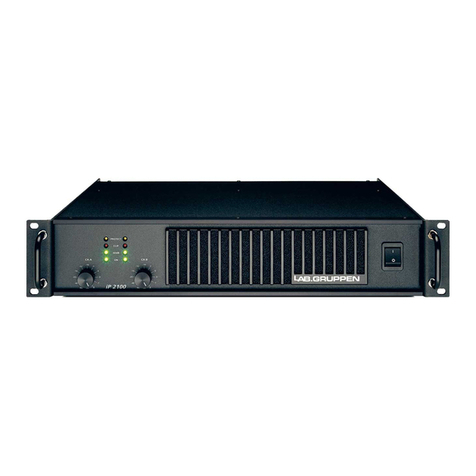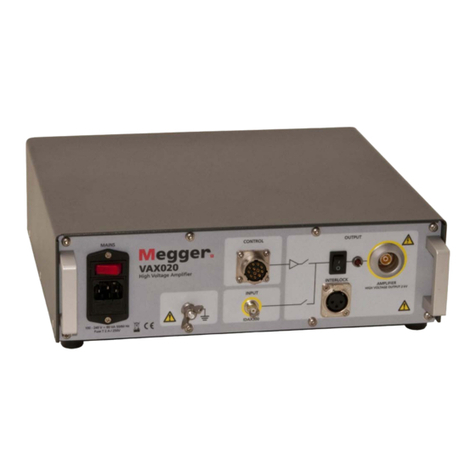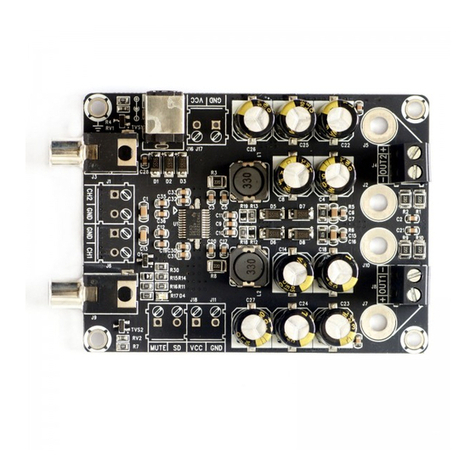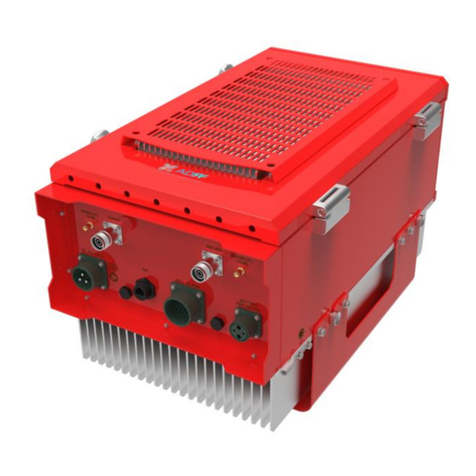AUO AC UNISON User manual

AC UNISON SOLAR POWER SYSTEM
INSTALLATION GUIDE
Please carefully read these installation instructions.
This document is available on our web site
http://solar.auo.com/?sn=784&lang=en-US&c=238
Thank you for choosing AUO.

AUO AC Unison
[AUO AC Unison Installation Guide] [Page 1 of 44] [February 2012 Rev. 1.0]
Table of Contents
Page
1. Overview-AC Module Installation Components………….…….…………………………2
2. AC Module Planning and Preparation……………………………………….…………….4
2.1 ACPV System Design and Layout…………………………….………………...5
2.2 Accessory Plan and Part Number……………………………………………….12
2.3 Accessory Plan and Part Number…………………………………….………...14
3. AC Unison Module System Installation……………………………………………………15
3.1 AC Cable Termination…………………………………..…………………….......15
3.2 AC Cable Management………………...…………………………………………15
3.3 Accessory Plan and Part Number……………………...……………….…….....16
AUO AC Unison Module Map……………………….………………….…….....17
3.4 Data Logger Installation and Setup………………………………………………..18
4. AUO Solar Web Portal Account Creation…………………………………….……………22
4.1 Creating your Installer or Company Account………………………...…………22
4.2 Create A New Customer Account……………………..…………………………22
4.3 Creating your New Customer Account……………………….………………….23
5. Notice and Safety Instructions……………………………………………………….……..25
6. Additional Information on AC Module Planning & Preparation……...............................31
7. PV System Attachment Mounting Considerations…………………………...……………32
8. Micro-Inverter Specifications………………………………………………………………...34
9. Data Logger……………………………………………………………………………………35
9.1 Data Logger Preparation……………………………………………………..........36
9.2 Data Logger Specifications…………………………………………………………36
9.3 LCD Display Menu Tree…………………………………………………………….37

AUO AC Unison
[AUO AC Unison Installation Guide] [Page 2 of 44] [February 2012 Rev. 1.0]
AUO AC Unison Solar Power System -the following diagram illustrates the major component layout for
a typical residential Photovoltaic(PV) system installation.
AUO AC Unison PV modules –our
AC modules
AUO Data Logger(DL) –our data
acquisition system(DAS)
PV Distribution Panel –dedicated
PV distribution panel for AC module
circuits(not to exceed 17 modules per
circuits) and Data Logger circuit(not to
exceed 20A)
Utility Meter Main(1-Phase)
Gateway or Wireless
Router –internet connection, existing or
provided by others
http://solar.auo.com/?sn=905&lang=en-
US
AUO Solar Web Portal –high
resolution module and array
performance monitoring
Step1 –one time installer
registration(see your sales
representative for your *Distributor
Code)
Step 2 –installer registers
individual
customer sites
Step 3 –customer permission of
‘Terms and Conditions
http://solar.auo.com/?sn=905&lang=en-
US
1. Overview
-
AC Module Installation Components

AUO AC Unison
[AUO AC Unison Installation Guide] [Page 3 of 44] [February 2012 Rev. 1.0]
Plug & Play Installation
•Single Manufacture Warranty
•Standard NEC AC installation practice –similar to appliance installation
•No need to calculate string sizes, a simple limit of 17 modules per 20A branch circuit
•Scalability –easily add modules as time and budget allow
Greater Energy Harvest
Reduced shading losses
3% reduction module mismatch
Increased system availability -single failure does not impact entire system
Safety
No exposure to high voltage DC electricity during installation
No DC arc faults
Ability to turn off power at the module
Cloud Based Monitoring & Communication
Each microinverter communicates with a site gateway and then onto cloud-based application
Provide both the system owner and the installer with a detailed data and information PV system and
individual module performance data
Design and Delivery
• Lower installation costs
No inverter to install, eliminates DC components/field wiring
Less specialized installers needed –labor reduction
More flexible installation
• Higher availability (no single point of failure)
• Reduced design costs -no string design consideration nor limitations
• Scalable – can add modules over time
The AC
Module
Advantage

AUO AC Unison
[AUO AC Unison Installation Guide] [Page 4 of 44] [February 2012 Rev. 1.0]
The critical components of an AC Unison Module:
AC Unison Module voltage ratings
240 Volt AC Single Phase (“split phase”)
L1 to L2 211 to 264 VAC
L1, L2 to Neutral 106 to 132 VAC
2.0 AC Module Planning and Preparation
1
AUO AC Module
1-1 DC-to-AC micro-inverter
1-2 Module Junction Box
1-3 Mid-Cable Receptacle
(Female)
1-4 AC Cable Plug (Male)
2
MCR Bracket
(field installed)
3 M3 Screw
4 M5 Screw
5 End Cap
6 Transition Cable
7
Cable Clip

AUO AC Unison
[AUO AC Unison Installation Guide] [Page 5 of 44] [February 2012 Rev. 1.0]
2.1 ACPV System Design and Layout
Please see below several of our common module layout examples and ‘best practice’.

AUO AC Unison
[AUO AC Unison Installation Guide] [Page 6 of 44] [February 2012 Rev. 1.0]

AUO AC Unison
[AUO AC Unison Installation Guide] [Page 7 of 44] [February 2012 Rev. 1.0]
Typical Wire Type:
Use THWN Wire Size of AWG #12 to #16. Data Logger is connected directly to the service panel to optimize Power Line
Communications. Optionally, the Data Logger can be connected to a NEMA 5-15 receptacle near the service panel.
Inverter output circuit:
A single branch circuit (maximum of 17 AC Unison modules per branch circuit) will terminate with a transition cable or an
extension cable that could be routed toward an electrical work box on the roof or another set of AC Unison modules on
another part of the roof. When the installer is routing AC cables out from under the array, the AC cables must be supported
and managed using best electrical practices and proper wire management equipment (e.g. wire tray, hangers, straps, etc.).
Direct to service entrance panel (as shown) or to a sub-panel off a higher rated breaker in the service entrance panel.
Supplied by installation company as part of Balance of System (BOS) components. Typical Wire Type depends on wiring
method to array. Size for 20 amp dedicated branch: minimum 12 AWG but may be larger due to temperature derating in
conduit or voltage drop due to distance. Transient voltage surge suppressor recommended for sites subject to lightning. See
NEC or CEC for AC wiring guidance, breaker placement, and panel loading.
Exterior-rated electrical distribution box with distribution block or terminal strip rated for 240 VAC 20A (supplied by
installation contractor).
Grounding lugs and external ground wires:
The AC cable provides equipment grounding for the AC Unison module only. It is the installer's responsibility to ensure that
any metallic parts in contact with the module (i.e. mounting systems) are provided with a means of equipment grounding
according to the manufacturer’s instructions and local code. Failure to provide proper grounding can void equipment warranty
in the case of lightning strike.
In areas subject to lightning, it is recommended to provide auxiliary grounding between the AC Unison module frame and the
racking to bond all metal together. This can be done with straps or fasteners approved for grounding PV module frames. The
entire array structure should then be connected directly to the ground electrode using a suitably sized copper conductor. (Note:
do not run this conductor in the conduit with the EGC or AC power conductors). Typical Wire Type: Green insulated wire size
must be no smaller than largest conductor in the PV system. If the ground wire is external, use a minimum 6 AWG per NEC or
CEC.
AC Unison module Interconnecting Cables: Exterior-rated AC cable with equipment grounding conductor (EGC) integrated
into the AC Unison module. Cables are rated for disconnect under load and can be used as an NEC disconnect device. Check
with the AHJ for requirements for a separate AC disconnect to be installed next to the PV array.
If the string will continue to another row, then an extension cable is needed. Plug the extension cable into the current module
and place it in the general position to connect to the next module you will install. For rail mount systems, lay the extension
cable over the rails on which the next module will be installed. This ensures that the cable remains under the module for
protection from the sun and uses the rails to keep the cable off the roof surface.

AUO AC Unison
[AUO AC Unison Installation Guide] [Page 8 of 44] [February 2012 Rev. 1.0]
Depending on the system layout, the first and last module in a string would require different male – female preparations. For
the first module, plug the transition cable into the AC cable plug or mid-cable receptacle. For the last module, cover the AC
cable plug or mid-cable receptacle with female or male end cap depending on the system layout. Installer must ensure that the
cable does not touch the roof. Examples are shown below:

AUO AC Unison
[AUO AC Unison Installation Guide] [Page 9 of 44] [February 2012 Rev. 1.0]

AUO AC Unison
[AUO AC Unison Installation Guide] [Page 10 of 44] [February 2012 Rev. 1.0]

AUO AC Unison
[AUO AC Unison Installation Guide] [Page 11 of 44] [February 2012 Rev. 1.0]

AUO AC Unison
[AUO AC Unison Installation Guide] [Page 12 of 44] [February 2012 Rev. 1.0]
2.2 Accessory Plan and Part Number
The diagrams in this section provide examples of array configurations you might encounter and the types of cables necessary
for various configurations. The following AC wiring accessories are available to assist in any system layouts that you will
encounter.
Part name Description
Male End Cap
- Plugs into the mid-cable receptacle at the end of a string to
protect the cable from dirt and moisture.
- Available in boxes of 250.
Female End Cap
- Covers the interconnecting cable plug at the end of a string to
protect the cable from dirt and moisture.
- Available in boxes of 250.
Transition Cable
(Male)
- Interconnecting cable plug on one end and 100 mm of stripped
wires on the other.
- 20A, exterior-rated 4-wire (L1, L2, N, and Ground) cable.
- Available in 5' and 10' lengths.
- Each cable is shipped with one disconnect tool.
Transition Cable
(Female)
- Interconnecting cable receptacle on one end and 100 mm of
stripped wires on the other.
- 20A, exterior-rated 4-wire (L1, L2, N, and Ground) cable.
- Available in 5' and 10' lengths.
- Each cable is shipped with one disconnect tool.
Extension Cable
(Male-Female)
- Interconnecting cable plug on one end and interconnecting cable
receptacle on the other.
- 20A, exterior-rated 4-wire (L1, L2, N, and Ground) cable.
- Available in 5' and 10' lengths.
Extension Cable
(Male-Male)
- Interconnecting cable plugs on both ends.
- 20A, exterior-rated 4-wire (L1, L2, N, and Ground) cable.
- Available in 5' and 10' lengths.

AUO AC Unison
[AUO AC Unison Installation Guide] [Page 13 of 44] [February 2012 Rev. 1.0]
Extension Cable
(Female-Female)
- Interconnecting cable receptacle on both ends.
- 20A, exterior-rated 4-wire (L1, L2, N, and Ground) cable.
- Available in 5' and 10' lengths.
Disconnect Tool
- Center disconnect pin is inserted into interconnecting plugs,
receptacles, and mid-cable receptacles to safely disconnect
components.

AUO AC Unison
[AUO AC Unison Installation Guide] [Page 14 of 44] [February 2012 Rev. 1.0]
2.3 AC Unison Field Preparation
Step 1 Attach Mid-Cable
Receptacle(MCR) to Module
Framet
Attach the stainless steel (SS) MCR bracket
to the module frame with two M5 screws
(provided). Torque to 20 inch-pounds. Next,
attach the AC Mid-Cable Receptacle harness
to the SS MCR bracket with two M3 screws
(provided). Torque to 20 inch-pound. It is best
to complete steps 1 and Step 2 on the ground
prior to installing the AC Unison modules.
Step 2
First and last module
considerations
For the last module in the circuit, insert the End
Cap into the Mid-Cable Receptacle.
For the first module in the circuit
, connect the
AC cable plug to Transition Table.
*For additional information on AC Module Planning&Preparation, please see page xx.

AUO AC Unison
[AUO AC Unison Installation Guide] [Page 15 of 44] [February 2012 Rev. 1.0]
3.1 AC Cable Termination
Remove the protective sticker located on
the Mid-Cable Receptacle(MCR) and
connect this receptacle to the AC cable of
the next module. Press the Male – Female
plug firmly into the receptacle until you
hear the lock click into place. Continue to
connect subsequent modules to the end
of the string.
3.2 AC Cable Management
The following diagram shows a system of three AC Unison modules. The AC cables are secured to the
module frames with stainless steel Cable Clips at the recommended locations below.Limit module
spacing to 1 inch maximum. Please ensure that all AC wiring is well secured and not in contact with the
roof surface.
3.0 AC Unison Module System Installation
Firmly press male AC cable into rigid female
MCR AC receptacle
1 inch maximum
mod
ule spacing

AUO AC Unison
[AUO AC Unison Installation Guide] [Page 16 of 44] [February 2012 Rev. 1.0]
3.3 Module Layout Map and Serial Number Tracking
Please remove one serial
number(SN) sticker located on
the Mid-Cable Receptacle of
each AC Unison Module and
place it on the AUO AC Unison
Map. Your Module Map will
provide the necessary AC
module layout information during
the final step of creating your
customer account on the AUO
Solar Web Portal. This will
provide both array and module
level performance monitoring.
System Layout Example: 5 modules in Circuit A and 3 modules in Circle B
* Limit each branch circuit to 20A and 17 modules
* Module Layout Example: Circuit A = 5 modules and Circuit B = 3 modules
PV
Distribution
Panel

AUO AC Unison
[AUO AC Unison Installation Guide] [Page 17 of 44] [February 2012 Rev. 1.0]
AUO AC Unison Module Map
Installer Name ________________________ AUO Module(Wp) ________________
Project Name _________________________ No. of Modules _________________
Project Location State____ Zip Code __________ PV System Size _________________
Date of Installation _________________________ Data Logger SN _________________
*NEC branch circuit limit to 20A and 17 AC modules per circuit.
Cir_A Cir_B Cir_C Cir_D Cir_E
1
2
3
4
5
6
7
8
9
10
11
12
13
14
15
16
17

AUO AC Unison
[AUO AC Unison Installation Guide] [Page 18 of 44] [February 2012 Rev. 1.0]
3.4 Data Logger Installation and Setup
The AUO Data Logger(DL) is a gateway device that utilizes Power Line Communications (PLC) to
collect status and performance data from AC Unison modules. The Data Logger retrieves module level
production data at 5 minute intervals and then forwards the aggregated data to the AUO Solar Web
portal at 15 minute intervals. Our data logger is NEMA 3R rate and suitable for outdoor applications.
The AUO Solar Web Portal is a cloud based data management system that enables customers to
register, create and monitor their photovoltaic(PV) systems.
http://solar.auo.com/?sn=905&lang=en-US
Step 1 Data Logger Component Verification
Please ensure that you have the following components.
*Components 4 and 5 are provided by installer

AUO AC Unison
[AUO AC Unison Installation Guide] [Page 19 of 44] [February 2012 Rev. 1.0]
Step 2 Remove the Data Logger
Covers
Remove the screws and the front cover of the
Data Logger. Then remove the screws and
blue AC terminal cover .
Step
3 Data Logger Terminations
AC Power Termination(1-Phase)
For 1-phase AC applications, feed cable
through the bottom left opening of Data Logger
housing and the rubber grommet to reach the
AC terminal. Connect the L1 terminal to the
“Hot”(black) wire of split-phase system and, the
N terminal to the neutral(white) wire. Do not
exceed NEC 20A and 17 module branch circuit
protection limit.
Ethernet Termination(RJ45)
Use T568B to terminate the CATV+ ethernet
patch cable to connect the network socket to a
10/100Base-T router or broadband gateway.
Before terminating your RJ45, please note the
following standard T568B pin out and color code
sequence. *It is always a good idea to validate or
test your RJ45 terminations with standard
network cable testing equipment.
*For best results please hardwire the Data Logger to the PV Distribution Panel.
Please do not ground or bond the Data Logger
Table of contents
